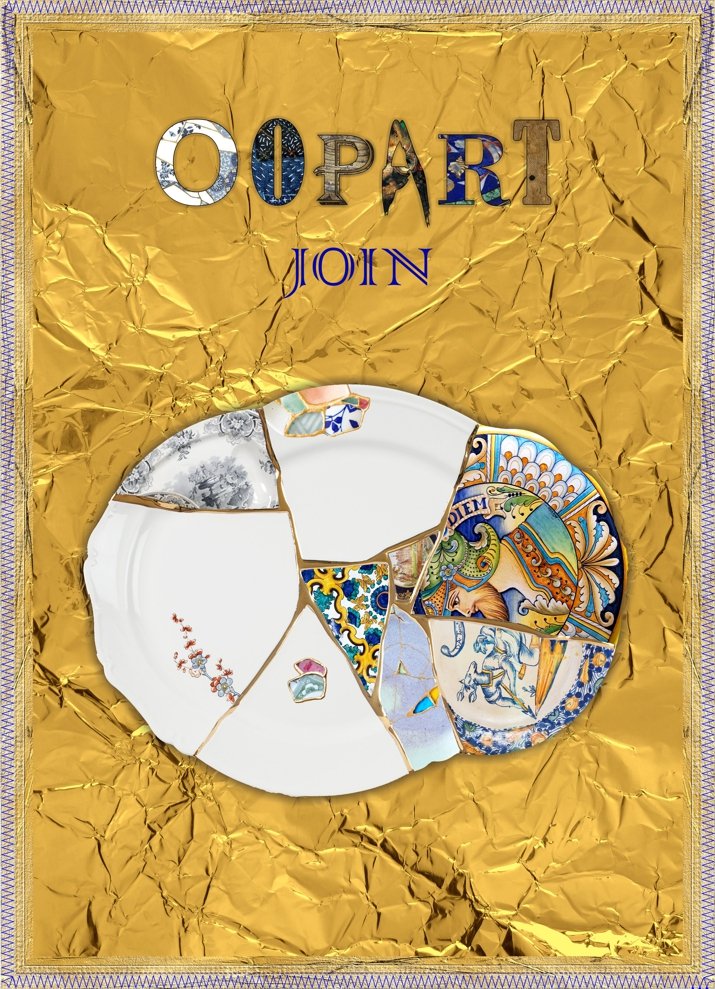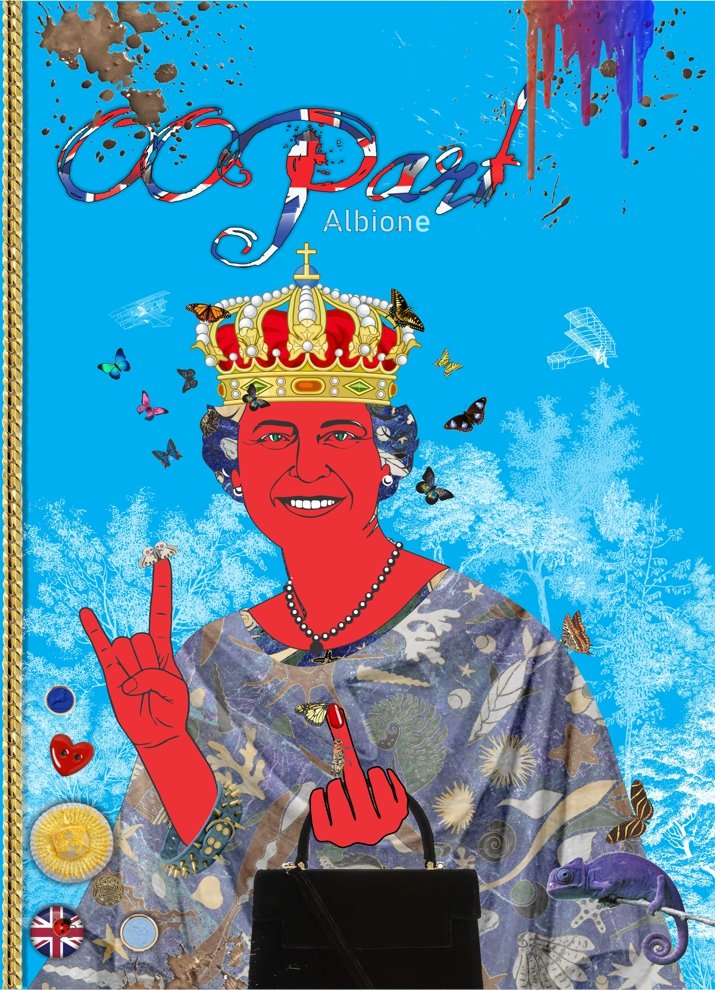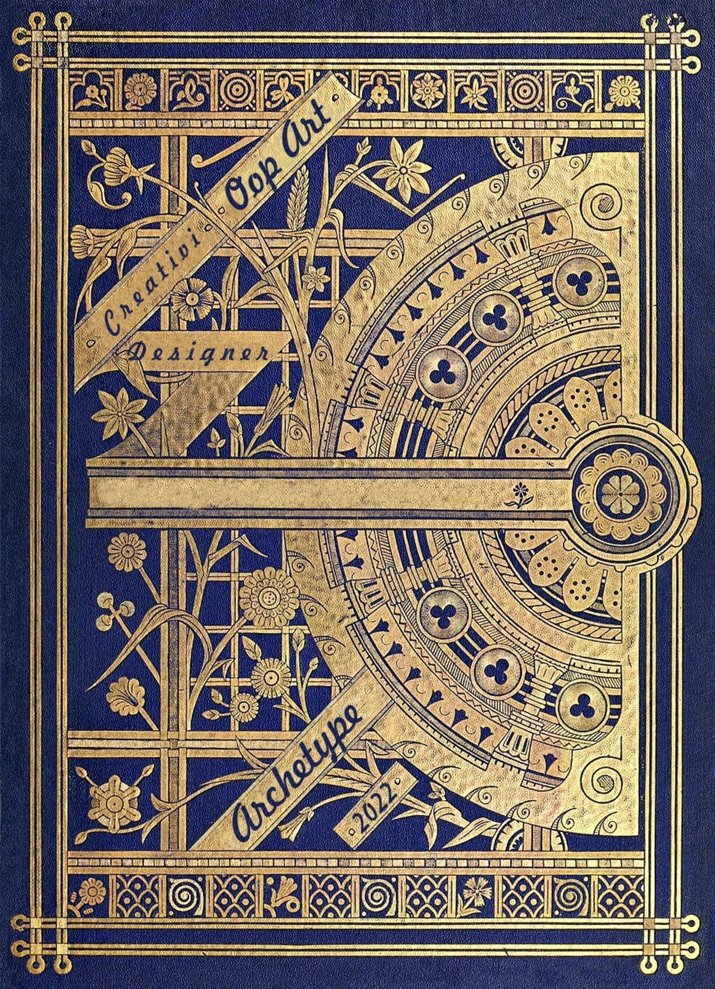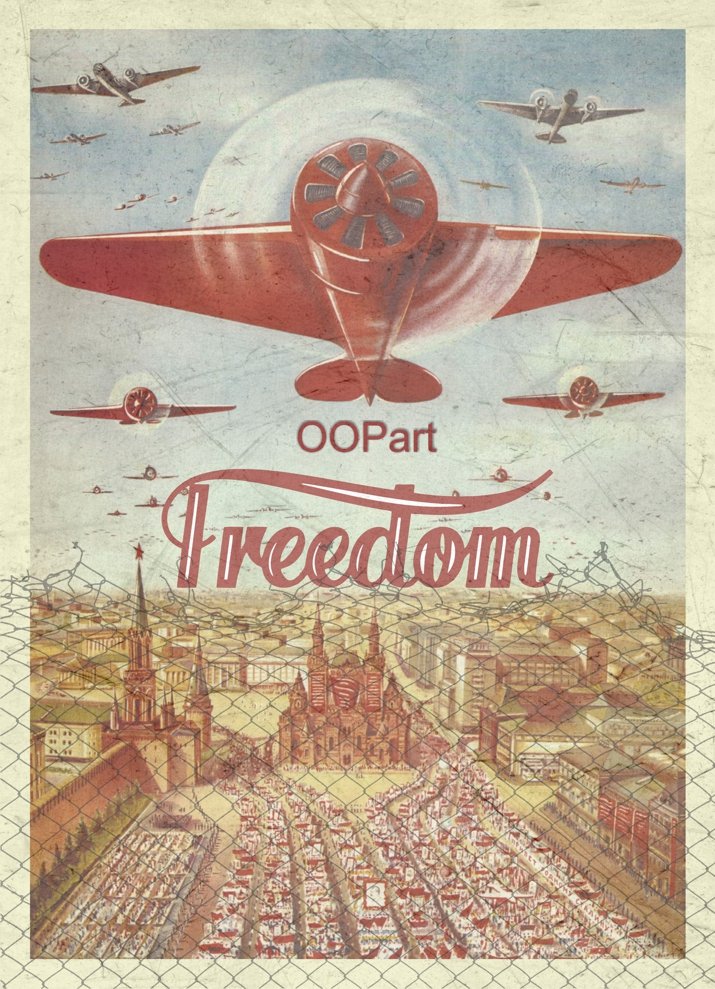Oopart covers

OOPArt, an acronym derived from the English Out Of Place ARTifacts, literally “artifacts, finds out of place”, is a term coined by the American naturalist and cryptozoologist Ivan T. Sanderson to indicate a category of objects that are difficult to place historically or anachronistic.
In fact, all those archaeological or paleontological finds that are in contrast with the place where they are found, or because of a different chronology, or because they are too large or far from their place of origin, in short, an incongruity of a space-time nature, are classified as OOPArt.
And it is precisely this anomaly that generates a new paradigm of thought aimed at investigating nature and human events without taboos and preconceptions, probing thematic risks and unusual combinations for which pleasant places, enigmatic objects, geological evidence, timeless artefacts, and other indecipherable refrains dance between the pages of OOPart with a bold and conscious rhythm, in order to satiate our unconventional mind.
So activating mental processes is the unconcealed intention, like imagining on behalf of third parties starting from a “paleoimaginary” from which everything derives, with caution and circumspection sifting through themes and topics in search of design before design, noting that design is also where we do not look for it, the true focus and objective humbly pursued.
Furthermore, it is appropriate for us not only to stimulate specific technical functional considerations and needs, but to give impetus to renew the symbolic, multiplying the creative imagination through decoration and styling which, by renewing themselves, increase the value of the aesthetic ecosystem in which we live.



OOPArt is a magazine, with periodic cadence conceived by the artist Giuliano Ravazzini in collaboration with creatives and designers, born from an obsessive passion for images and materials, it presents itself as a repertoire of imaginative and spectacular images, unpublished and of great communicative power. The pages do not contain text, only lemmas or links; each representation arises from a topic, or from a research with a central theme declined in different interpretations. An anthology of stimuli that combines the raw reality of commercial photography, with research in the archives and the investigation of new materials.



The Editorial Staff works collectively to outline its own project with specific narrative tableaux, inherent to witnesses, materials and places. The result is a publication that, through its magazine form, can be a source of suggestions and creative stimuli, conceptual directions useful for various professional fields.
